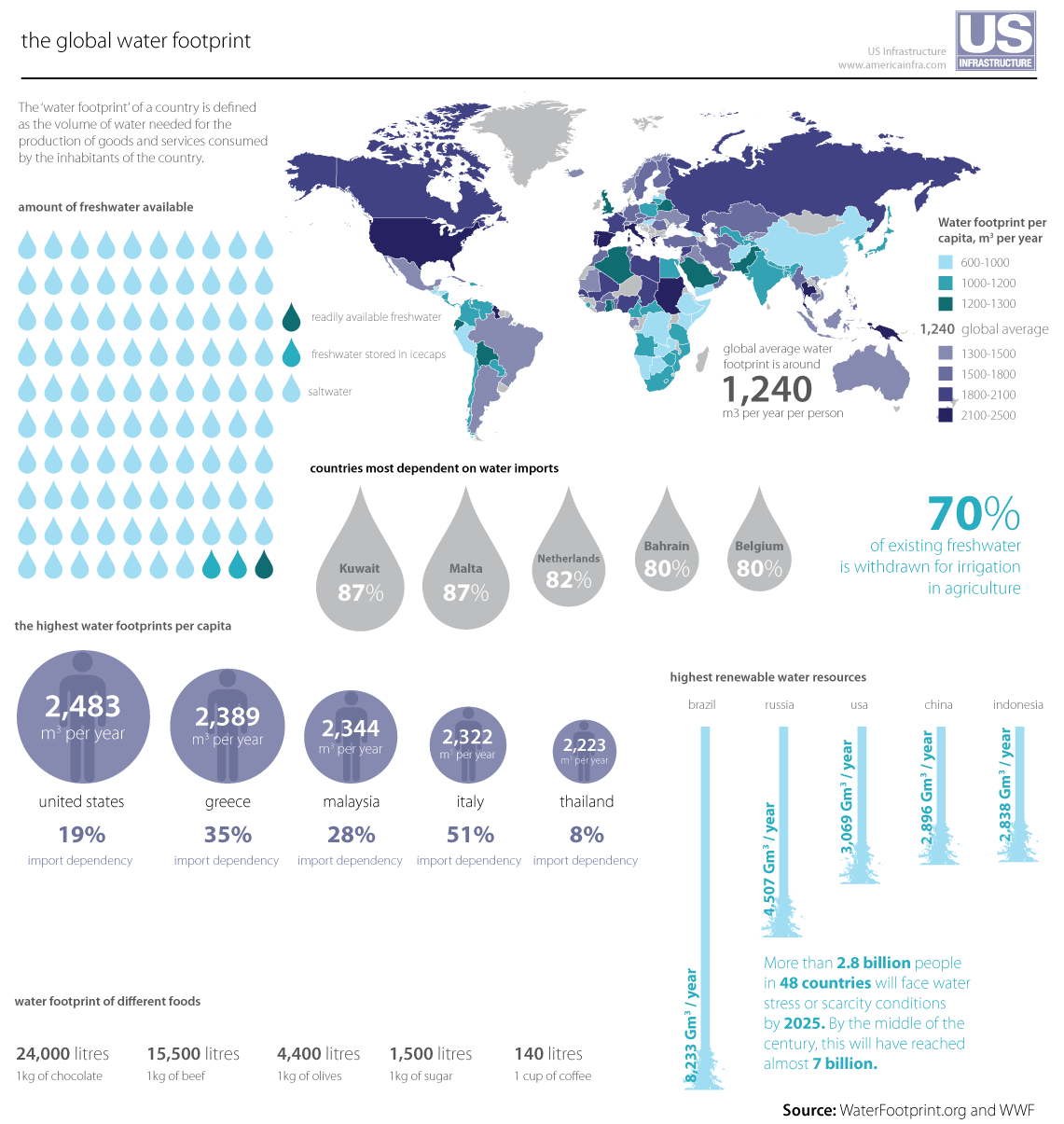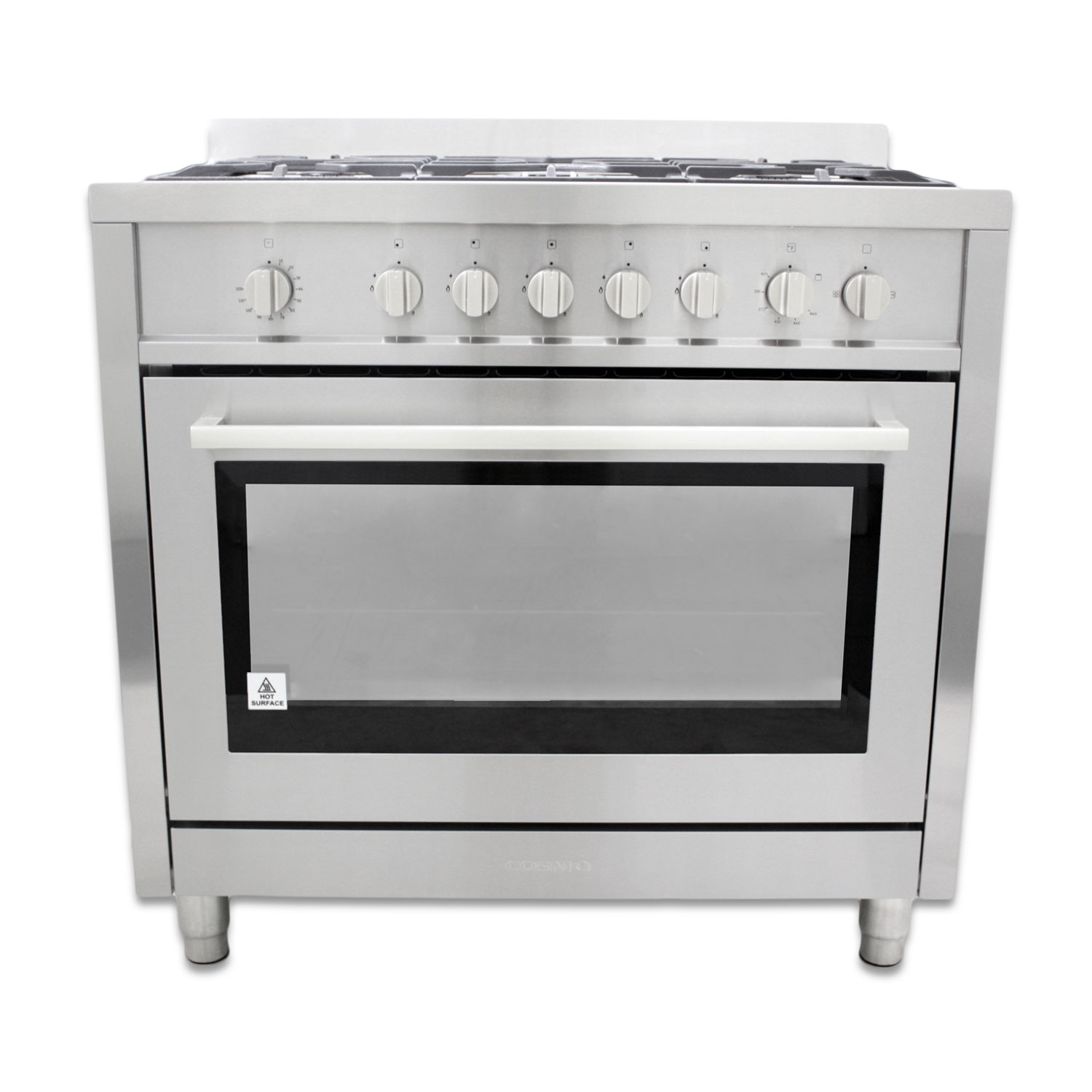|
Micro-sustainability
Micro-sustainability is the portion of sustainability centered around small scale environmental measures that ultimately affect the environment through a larger cumulative impact. Micro-sustainability centers on individual efforts, behavior modification, education and creating attitudinal changes, which result in an environmentally conscious individual. Micro-sustainability encourages sustainable changes through "change agents"—individuals who foster positive environmental action locally and inside their sphere of influence. Examples of micro-sustainability include recycling, power saving by turning off unused lights, programming thermostats for efficient use of energy, reducing water usage, changing commuting habits to use less fossil fuels or modifying buying habits to reduce consumption and waste. The emphasis of micro-sustainability is on an individual's actions, rather than organizational or institutional practices at the systemic level. These small local level actions h ... [...More Info...] [...Related Items...] OR: [Wikipedia] [Google] [Baidu] |
Water Footprint
A water footprint shows the extent of water use in relation to consumption by people. The water footprint of an individual, community, or business is defined as the total volume of fresh water used to produce the goods and services consumed by the individual or community or produced by the business. Water use is measured in water volume consumed (evaporated) and/or polluted per unit of time. A water footprint can be calculated for any well-defined group of consumers (e.g., an individual, family, village, city, province, state, or nation) or producers (e.g., a public organization, private enterprise, or economic sector), for a single process (such as growing rice) or for any product or service. Traditionally, water use has been approached from the production side, by quantifying the following three columns of water use: water withdrawals in the agricultural, industrial, and domestic sector. While this does provide valuable data, it is a limited way of looking at water use in a g ... [...More Info...] [...Related Items...] OR: [Wikipedia] [Google] [Baidu] |
Mobile Phone
A mobile phone, cellular phone, cell phone, cellphone, handphone, hand phone or pocket phone, sometimes shortened to simply mobile, cell, or just phone, is a portable telephone that can make and receive calls over a radio frequency link while the user is moving within a telephone service area. The radio frequency link establishes a connection to the switching systems of a mobile phone operator, which provides access to the public switched telephone network (PSTN). Modern mobile telephone services use a cellular network architecture and, therefore, mobile telephones are called ''cellular telephones'' or ''cell phones'' in North America. In addition to telephony, digital mobile phones ( 2G) support a variety of other services, such as text messaging, multimedia messagIng, email, Internet access, short-range wireless communications (infrared, Bluetooth), business applications, video games and digital photography. Mobile phones offering only those capabilities are known as fea ... [...More Info...] [...Related Items...] OR: [Wikipedia] [Google] [Baidu] |
Consumer
A consumer is a person or a group who intends to order, or uses purchased goods, products, or services primarily for personal, social, family, household and similar needs, who is not directly related to entrepreneurial or business activities. The term most commonly refers to a person who purchases goods and services for personal use. Consumer rights “Consumers, by definition, include us all," said President John F. Kennedy, offering his definition to the United States Congress on March 15, 1962. This speech became the basis for the creation of World Consumer Rights Day, now celebrated on March 15. In his speech : John Fitzgerald Kennedy outlined the integral responsibility to consumers from their respective governments to help exercise consumers' rights, including: *The right to safety: To be protected against the marketing of goods that are hazardous to health or life. *The right to be informed: To be protected against fraudulent, deceitful, or grossly misleading informatio ... [...More Info...] [...Related Items...] OR: [Wikipedia] [Google] [Baidu] |
Green Design
Environmentally sustainable design (also called environmentally conscious design, eco-design, etc.) is the philosophy of designing physical objects, the built environment, and services to comply with the principles of ecological sustainability and also aimed at improving the health and comfortability of occupants in a building.McLennan, J. F. (2004), The Philosophy of Sustainable Design Sustainable design seeks to reduce negative impacts on the environment, the health and well-being of building occupants, thereby improving building performance. The basic objectives of sustainability are to reduce the consumption of non-renewable resources, minimize waste, and create healthy, productive environments. Theory The sustainable design intends to "eliminate negative environmental impact through skillful sensitive design". Manifestations of sustainable design require renewable resources and innovation to impact the environment minimally, and connect people with the natural environment. ... [...More Info...] [...Related Items...] OR: [Wikipedia] [Google] [Baidu] |
Energy-efficient Appliances
Efficient energy use, sometimes simply called energy efficiency, is the process of reducing the amount of energy required to provide products and services. For example, insulating a building allows it to use less heating and cooling energy to achieve and maintain a thermal comfort. Installing light-emitting diode bulbs, fluorescent lighting, or natural skylight windows reduces the amount of energy required to attain the same level of illumination compared to using traditional incandescent light bulbs. Improvements in energy efficiency are generally achieved by adopting a more efficient technology or production process or by application of commonly accepted methods to reduce energy losses. There are many motivations to improve energy efficiency. Decreasing energy use reduces energy costs and may result in a financial cost saving to consumers if the energy savings offset any additional costs of implementing an energy-efficient technology. Reducing energy use is also seen as a s ... [...More Info...] [...Related Items...] OR: [Wikipedia] [Google] [Baidu] |
Smart Thermostat
Smart thermostats are Wi-Fi thermostats that can be used with home automation and are responsible for controlling a home's heating, ventilation, and air conditioning. They perform similar functions as a Programmable thermostat as they allow the user to control the temperature of their home throughout the day using a schedule, but also contain additional features, such as sensors and Wi-Fi connectivity, that improve upon the issues with programmable thermostats. Like other Wi-Fi thermostats, they are connected to the Internet via a Wi-Fi network. They allow users to adjust heating settings from other internet-connected devices, such as a laptop or smartphones. This allows users to control the thermostat remotely. This ease of use is essential for ensuring energy savings: studies have shown that households with programmable thermostats actually have higher energy consumption than those with simple thermostats because residents program them incorrectly or disable them completely. Smar ... [...More Info...] [...Related Items...] OR: [Wikipedia] [Google] [Baidu] |
Building Airtightness
Building airtightness (also called envelope airtightness) can be defined as the resistance to inward or outward air leakage through unintentional leakage points or areas in the building envelope. This air leakage is driven by differential pressures across the building envelope due to the combined effects of stack, external wind and mechanical ventilation systems. Airtightness is the fundamental building property that impacts infiltration and exfiltration (the uncontrolled inward and outward leakage of outdoor air through cracks, interstices or other unintentional openings of a building, caused by pressure effects of the wind and/or stack effect).M. Limb, "Technical note AIVC 36- Air Infiltration and Ventilation Glossary," International Energy Agency energy conservation in buildings and community systems programme, 1992 An airtight building has several positive impacts when combined with an appropriate ventilation system (whether natural, mechanical, or hybrid): * Lower heating bi ... [...More Info...] [...Related Items...] OR: [Wikipedia] [Google] [Baidu] |
Building Insulation
Building insulation is any object in a building used as insulation for thermal management. While the majority of insulation in buildings is for thermal purposes, the term also applies to acoustic insulation, fire insulation, and impact insulation (e.g. for vibrations caused by industrial applications). Often an insulation material will be chosen for its ability to perform several of these functions at once. Insulation is an important economic and environmental investment for buildings. By installing insulation, buildings use less energy for heating and cooling and occupants experience less thermal variability. Retrofitting buildings with further insulation is an important climate change mitigation tactic, especially in geographies where energy production is carbon-intensive. Local and national governments and utilities often have a mix of incentives and regulations to encourage insulation efforts on new and renovated buildings as part of efficiency programs in order to red ... [...More Info...] [...Related Items...] OR: [Wikipedia] [Google] [Baidu] |
Energy Star Logo
In physics, energy (from Ancient Greek: wikt:ἐνέργεια#Ancient_Greek, ἐνέργεια, ''enérgeia'', “activity”) is the physical quantity, quantitative physical property, property that is #Energy transfer, transferred to a physical body, body or to a physical system, recognizable in the performance of Work (thermodynamics), work and in the form of heat and light. Energy is a Conservation law, conserved quantity—the law of conservation of energy states that energy can be Energy transformation, converted in form, but not created or destroyed. The unit of measurement for energy in the International System of Units (SI) is the joule (J). Common forms of energy include the kinetic energy of a moving object, the potential energy stored by an object (for instance due to its position in a Classical field theory, field), the elastic energy stored in a solid object, chemical energy associated with chemical reactions, the radiant energy carried by electromagnetic radiat ... [...More Info...] [...Related Items...] OR: [Wikipedia] [Google] [Baidu] |
Household Appliances
A major appliance, also known as a large domestic appliance or large electric appliance or simply a large appliance, large domestic, or large electric, is a non-portable or semi-portable machine used for routine housekeeping tasks such as cooking, washing laundry, or food preservation. Such appliances are sometimes collectively known as white goods, as the products were traditionally white in colour, although a variety of colours are now available. An appliance is different from a plumbing fixture because it uses electricity or fuel. Major appliances differ from small appliances because they are bigger and not portable. They are often considered fixtures and part of real estate and as such they are often supplied to tenants as part of otherwise unfurnished rental properties. Major appliances may have special electrical connections, connections to gas supplies, or special plumbing and ventilation arrangements that may be permanently connected to the appliance. This limits where ... [...More Info...] [...Related Items...] OR: [Wikipedia] [Google] [Baidu] |
Water Footprint
A water footprint shows the extent of water use in relation to consumption by people. The water footprint of an individual, community, or business is defined as the total volume of fresh water used to produce the goods and services consumed by the individual or community or produced by the business. Water use is measured in water volume consumed (evaporated) and/or polluted per unit of time. A water footprint can be calculated for any well-defined group of consumers (e.g., an individual, family, village, city, province, state, or nation) or producers (e.g., a public organization, private enterprise, or economic sector), for a single process (such as growing rice) or for any product or service. Traditionally, water use has been approached from the production side, by quantifying the following three columns of water use: water withdrawals in the agricultural, industrial, and domestic sector. While this does provide valuable data, it is a limited way of looking at water use in a g ... [...More Info...] [...Related Items...] OR: [Wikipedia] [Google] [Baidu] |


_(14597240757).jpg)





